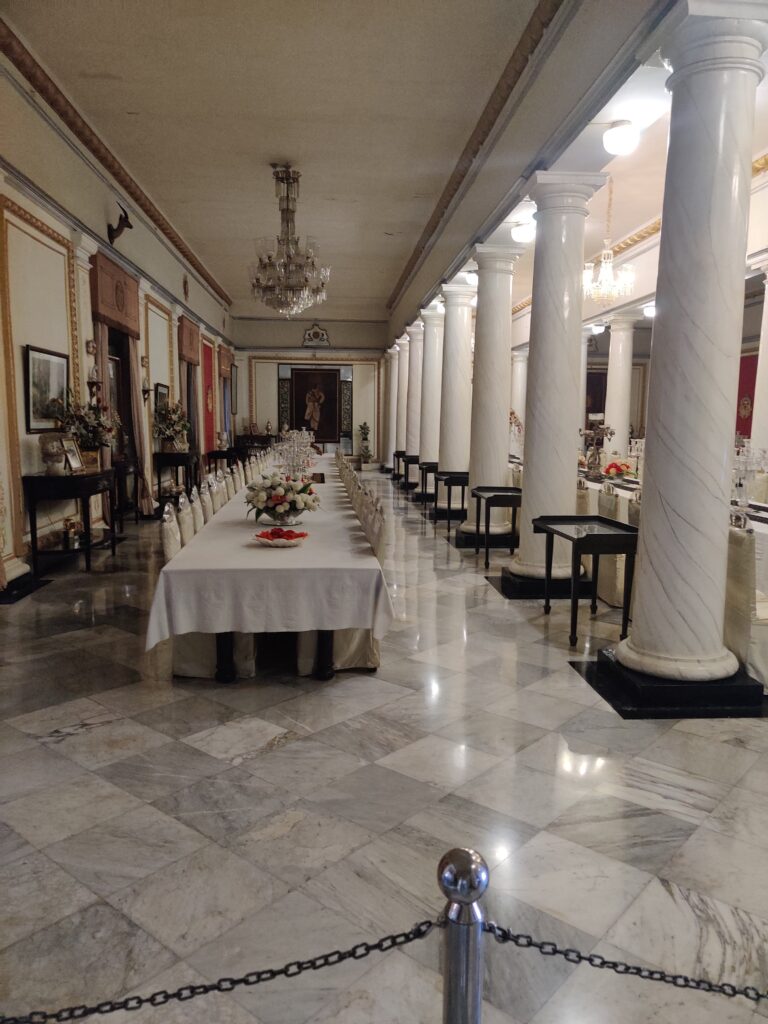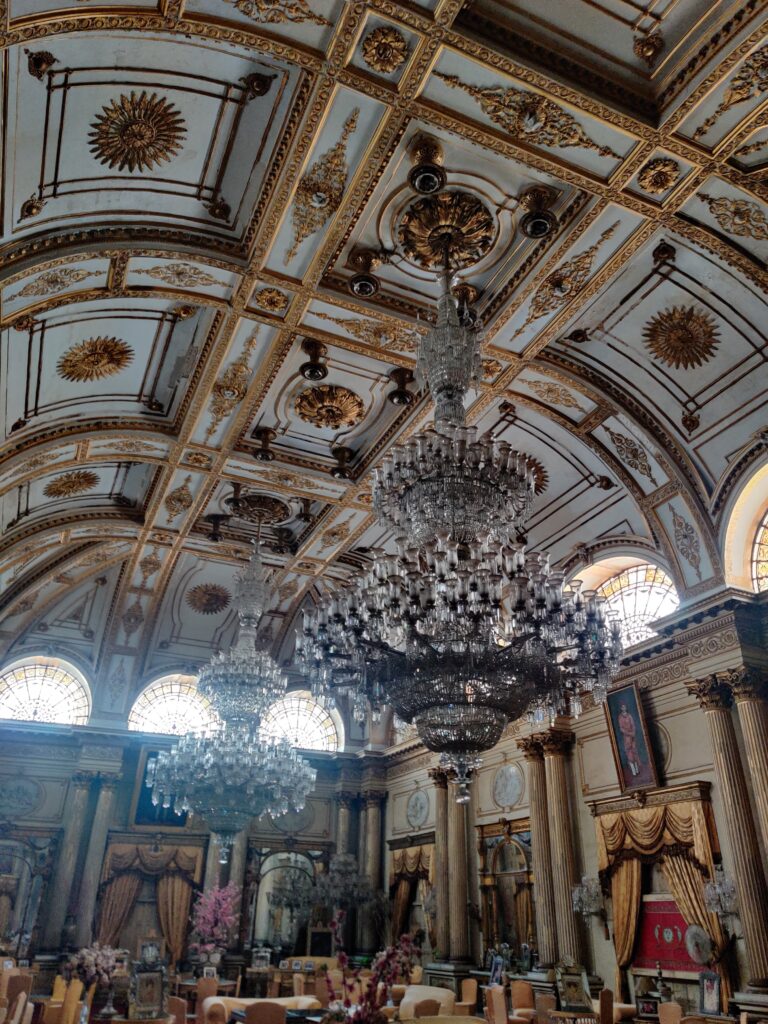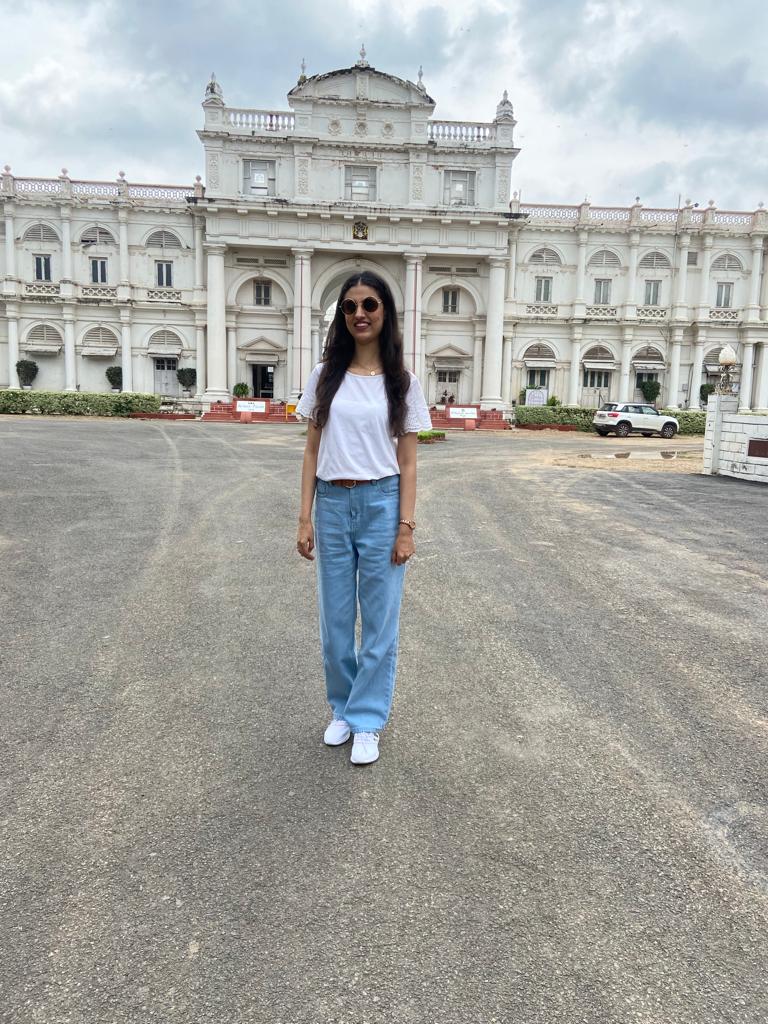Gwalior is a famous historic and tourist city of Madhya Pradesh. Gwalior is most famous for its fort on the hilltop. It is known as the City of Music having oldest musical gharana in existence. The great Indian musician Tansen was born in Gwalior, and the tomb of Tansen is also an important place here. Every year, in November/December, a four-day Tansen Music festival is celebrated in the city where various classical musicians from all over the country perform on the stage near the tomb itself.
Places to Visit
Gwalior Fort
Gwalior Fort is situated on a rocky mountain in Gwalior, Madhya Pradesh. From the fort you can get the entire view of the Gwalior city. This view is spectacular in the night. It is one of the most impenetrable fortresses located in the entire northern and southern India and is a place you definitely must visit.
It is known as the ‘the pearl amongst fortresses in India’. This fort has witnessed many wars and events. This architectural marvel spreads over an area of 3 sq. km and is visible from all the corners of the city. The light and sound show which happens everyday in the evening is a must watch when visiting the fort
- Timings: 06:00 am – 05:30 pm
- Entry Fee: ₹ 75 for Indians; ₹ 250 for Foreign Tourists
Gujari Mahal Museum
Built by Raja Man Singh Tomar, this 15th-century palace museum is located inside the Gwalior Fort. This archaeological museum will give you an insight into the history of the city and its rulers. The rare collection of sculptures displayed here are a highlight of the museum. You will also see terracotta items, stone & copper plate inscriptions, coins, bronze sculptures, arms and weapons, replicas of Bagh Cave paintings and excavated material in its exhibits.
- Timings: 09:00 am – 05:00 pm (Closed on Monday)
- Entry Fee: ₹ 10 for Indians, ₹ 100 for Foreign Tourists
Jai Vilas Palace
The Jai Vilas Palace, also known as the Jai Vilas Mahal is situated in Gwalior, Madhya Pradesh. The Maharaja of Gwalior, Jayaji Rao Scindia, had this magnificent palace built to ensure a grand welcome for King Edward VII, the then Prince of Wales in 1874.Today, it serves as a residence for the descendants of the royal Maratha Scindia family. The palace also serves as a museum stretched over 35 rooms, houses the Chitrangada Raje Art Gallery and a library that comprises more than 5,000 books.
The magnificent palace is a prime example of European architecture, bringing together myriad experiences the great Sardar had on his tour of the West. The first floor is designed in Tuscan style, while the second and third floors are inspired from the Italian-Doric and Corinthian methods respectively. All 400 rooms are furnished with Italian marble flooring, Persian carpets, ornamental accessories and rare antiquities from France, China and Italy.
A unique feature of the Palace is an elongated dining table, on which a silver train with cut glass carriages is rallied around to serve delicacies, after-dinner brandy or cigars to important delegates during get-togethers. The backrests of the chairs at the dining table are emblazoned with the royal crest of Gwalior, indicating the meticulously executed hard work undertaken to beautify the stately home.

Perhaps the most talked-about embellishment is the pair of custom-made chandeliers that Mukhel Sahib ordered from Vienna. Each chandelier is 40 feet high and weighs 3.5 tonnes, the third largest chandeliers in today’s world.

Timings : April to September: 10:00 AM – 4:45 PM,
October to March: 10:00 AM – 4:30 PM (Closed on Wednesdays)
Entry Fee : Indians: INR 100,
Foreigner Nationals: INR 600,
Camera/Mobile: INR 70,
Video Camera: INR 150,
Children (up to 5 years): Free,
Sun Temple
The temple is dedicated to holy sun god and was build in the year 1988 by the famous industrialist G.D. Birla. Built on the lines of legendary Sun Temple at Konark, Orissa, the Sun Temple of Gwalior is a magnificent amalgam of exquisite architecture in red sandstone and pearly white marble.
As you encounter the outer edifice, you will see the red sandstone exterior of the Sun Temple built in the manner of gradual slots that reach up to the peak of the facade. A splendid idol of the Sun Lord is enshrined in the temple. Although not constructed long ago, it is among the most revered shrines in the ancient city attracting tourists and devotees from all over the country in large numbers.
Tips For Visiting Sun Temple
2. Keep track of your belongings in the temple
3. Since this is a place of worship, dress conservatively
4. Leave your footwear outside the temple
Padavali & Bateshwar
Tomb of Tansen
At a distance of 1 km from Gwalior Fort and 3 km from Gwalior Junction, Tombs of Mohammed Ghaus & Tansen are situated in the town of Gwalior, Madhya Pradesh. Well known for its architecture, the tomb complex is one of the prominent sightseeing attractions in Gwalior.
The Memorial of Tansen, also known as the Tomb of Tansen, is located in the vicinity of Muhammad Ghaus Tomb. Tansen was the famous musician and one among the nine jewels of Akbar’s court. He is among the most influential personalities in North Indian tradition of Hindustani classical music. Tansen is remembered for his epic Dhrupad compositions, creating several new ragas, as well as for writing two classic books on music Sri Ganesh Stotra and Sangita Sara. He was buried near to his guru and this burial site is a beautiful piece of architecture.

